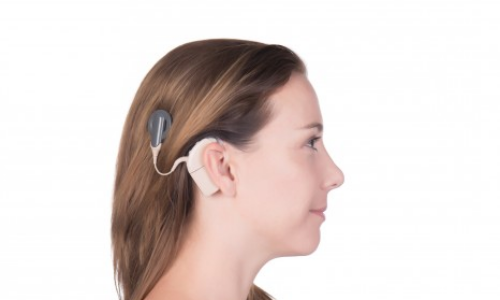

Tumours of the anterior skull base are located in the anterior aspect of the skull base, adjacent to the orbit and paranormal sinuses.
Patients with anterior skull base tumours classically present with the following signs and symptoms:
Advancement in the world of anterior skull base Surgeries has helped to achieve disease free survival and improved quality of life.
Anterior skull base surgeries are usually performed in 2 ways:
Initially employed for pituitary surgery, endoscopic techniques were progressively expanded to encompass other anatomical locations. Endoscopic skull base surgery is now available to treat a broad spectrum of illnesses. Compared to conventional neurosurgical incisions, which inevitably result in skin incisions, facial bone flaps or craniotomies, and brain retraction, the endoscopic endonasal approach offers direct anatomical access to a large number of intracranial and paranasal sinus lesions, reducing morbidity and mortality and, indirectly, length of hospital stay and management costs.
Otorhinolaryngologists and neurosurgeons have grown more interest in the subject of "minimally invasive" surgery as a result of significant advancements in recent years. Continuous advancements in instrumentation, navigation systems and imaging have also significantly aided in the evolution of this surgery. Ascent Hospital is one of the best ENT hospitals in india.
Surgical navigation systems are essential to endoscopic skull base surgery because they give surgeons three-dimensional, real-time direction while they work. These technologies improve safety and precision in sensitive skull base procedures by utilising computer-assisted technology and modern imaging techniques. Both transcranial and endoscopic endonasal surgeries often rely on optical and electromagnetic navigation technologies. A computer unit, software, monitor, infrared camera (or magnetic field generator in the case of electromagnetic navigation), and navigational tools are all included in a standard system.
Indications for endoscopic endonasal treatments with navigation assistance are:
1. Revising endoscopic endonasal interventions
2. Abnormal anatomy of the paranasal sinuses as a result of trauma, previous surgery, or congenital disorders
3. Advanced sinonasal polyposis
4. Procedures involving the frontal, sphenoid, and posterior parts of the ethmoid labyrinth
5. Illnesses involving the orbit, carotid artery, skull base, and optic nerve
6. CSF rhinorrhea or skull base defect
7. Benign and malignant sinonasal tumours